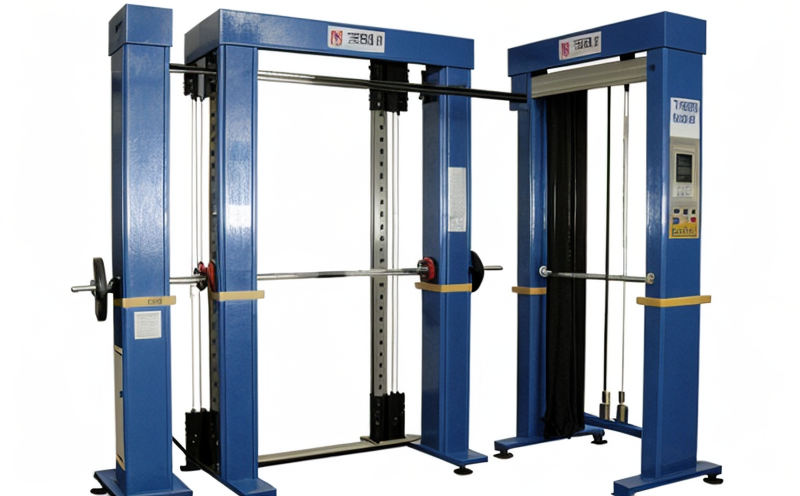ISO 7211-7 Textiles Measurement of fabric thickness
The measurement of fabric thickness is a critical aspect in textile testing. According to ISO 7211-7, this standard provides the methods for determining the thickness of fabrics using a micrometer or other suitable instruments. This service ensures that textiles meet the required specifications by accurately measuring their thickness.
Accurate measurement of fabric thickness is essential for several reasons:
- To ensure compliance with international and industry standards
- To maintain product quality and consistency
- To facilitate proper storage and transportation
- To enhance the durability and performance of textile products
The process involves carefully selecting a representative sample from the batch or lot. The micrometer is then used to measure the thickness at multiple points across the fabric, ensuring that these measurements are taken in a consistent manner.
| Sample Preparation | Measurement Points | Instrumentation |
|---|---|---|
| The fabric sample should be conditioned to a standard temperature and humidity. | Measurements are taken at least 10 points across the width of the fabric. | A micrometer with an accuracy of ±0.5 mm is used for measurements. |
The results from these measurements are then averaged to provide a representative thickness value for the batch or lot of textiles. This ensures that every piece of fabric within this batch meets the required specifications, thereby maintaining quality control and consistency throughout production.
Accurate measurement of fabric thickness is particularly important in sectors such as apparel manufacturing, home furnishings, and automotive textiles where precise dimensions are crucial for product design and functionality. In these industries, even small variations in fabric thickness can lead to significant differences in performance and durability.
Industry Applications
The measurement of fabric thickness using ISO 7211-7 is widely applicable across various sectors within the textile industry. This service proves invaluable for ensuring that textiles meet the required specifications, thereby maintaining product quality and consistency.
- Apparel Manufacturing: Ensures that garments are made to precise dimensions, enhancing fit and comfort.
- Home Furnishings: Guarantees that upholstery and curtains are cut accurately, maintaining aesthetic appeal and functionality.
- Automotive Textiles: Ensures the durability of seat covers and other interior components by meeting strict thickness requirements.
In each of these applications, the accurate measurement of fabric thickness is crucial for ensuring that products meet customer expectations and industry standards. This service helps manufacturers adhere to international specifications while also improving product performance and longevity.
Environmental and Sustainability Contributions
- Eco-friendly Materials: By ensuring that textiles meet the required thickness standards, this service helps in selecting eco-friendly materials for production. Efficient Production: Accurate measurements reduce waste during production, contributing to a more efficient use of resources.
Through precise measurement and quality control, this service supports sustainability efforts by ensuring that only the necessary amount of material is used in manufacturing. This not only reduces waste but also minimizes environmental impact.
Use Cases and Application Examples
| Use Case | Description |
|---|---|
| Garment Manufacturing: | Ensuring that garments are cut accurately to the specified thickness, enhancing fit and comfort. |
| Curtain Fabric Production: | Maintaining consistent fabric thickness for curtains, ensuring proper drape and longevity. |
| Seat Covers Manufacturing: | Guaranteeing that seat covers are made to the exact thickness required for automotive interiors, enhancing durability. |





